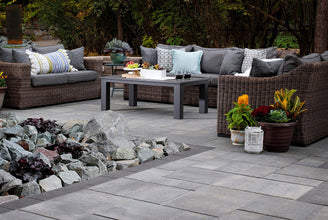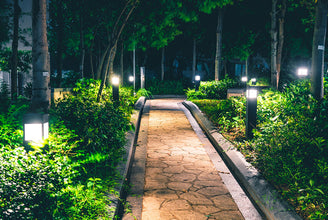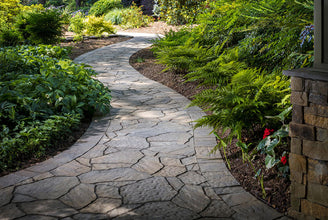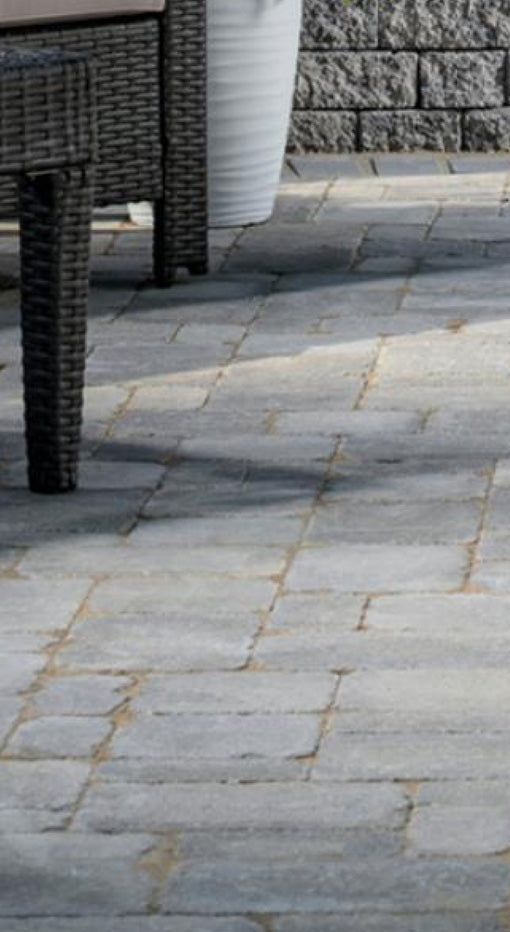7 Tips for Installing Low Voltage Lighting for New Homeowners
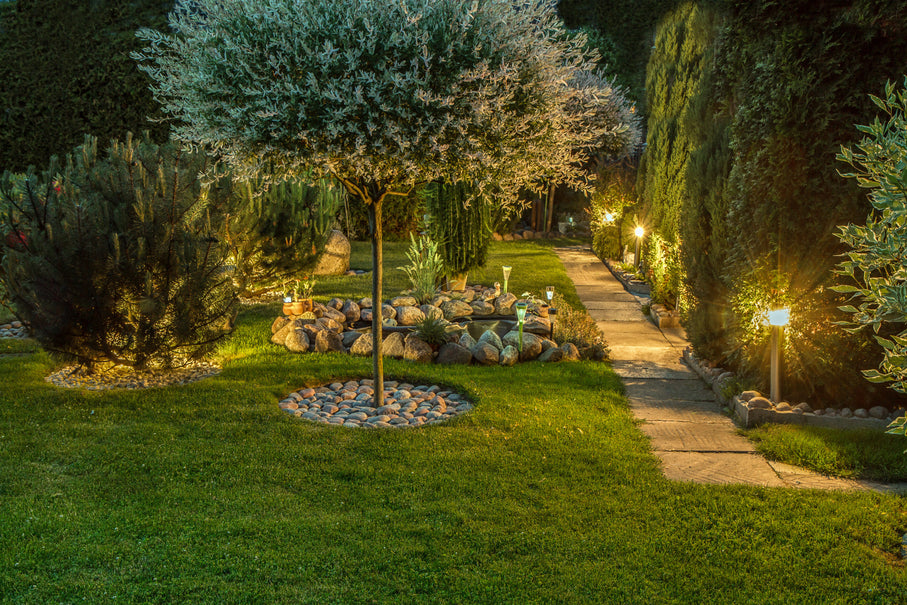
According to experts, the exterior design of your home makes the biggest impact on a positive first impression. There are some elements of an exterior that are always thought of, such as the paint and well-kept landscaping. But extra lighting can give your house that added, special detail that can make all the difference.
If you're interested in adding some low voltage lighting to your landscaping design, read on to find seven helpful tips.
1. Make a Detailed Plan
The first step in any home project is to do your research and come up with a plan. This is especially true for an outdoor lighting project. If you don't take the time to create a detailed plan, you probably won't get the desired look. Lighting can easily look silly and rushed if not done intentionally. But when it's done correctly, your home will definitely be getting an upgrade.
Take time to gather inspiration and a solid foundation of what you're looking for. Look around your yard and exterior to figure out what areas you are going to highlight. This detailed plan should include the types of lights (size, style, and brightness), where they will be placed, and how they will be powered).
2. Pick the Right Products
After you've done your research and decided on your overall game plan, you'll need to find the right products. There are so many options out there to fit your style and needs. But be extra sure to choose pro-quality fixtures for long-lasting results. The quality of the lighting fixtures you use will make a big difference in the overall look.
When looking for your lighting products, take the exterior of your home into account. You want everything to work seamlessly together for a cohesive, intentional look. The right fixtures can make or break your design.
3. Find the Right Wire
If you don't choose the correct wiring, your project quite literally won't light up. The most important thing to take into consideration is the size of your yard. You'll need exact measurements to make sure that the wiring can reach from the fixture to the transformer on the house.
Based on the plan you've created you can determine the correct measurements for each fixture. It's helpful to add a little extra to account for any slack needed.
There are also different gauges (widths) of wiring. These different gauges work better for different situations, so be sure to ascertain the best fit for your project and voltage.
4. Start With the Transformer
Outdoor lighting doesn't require a high-voltage of power in order to operate, which is why a transformer is necessary for these kinds of projects. The transformer is a device that is used to decrease the power voltage coming from the house and going out into the lights. It works as a kind of filter to dull the power in order to run the fixture safely.
A transformer has to be wired for the specific project and the wires being used. This is a simple process that basically just includes screwing the wires in. After it's wired, it's simply plugged into an exterior outlet and then mounted on the wall. The transformer is not an exciting part of the project but absolutely necessary.
5. Plan for the Elements
Obviously, this lighting project will be exposed to the elements since everything will be done outside. The products should be designed and manufactured to withstand whatever comes.
One area that you need to be extra cautious of is how the wiring is installed. Depending on your area and the climate, you may choose to bury your cables or simply put them under gravel or mulch. If you are burying the cables, it should be done to a depth that will allow it to go unbothered. This is usually around six inches. The splices used should also be graded for the outdoors to avoid corrosion. This will ensure that your project will last as long as possible.
6. Place as Exact as Possible
One problem that many people installing outdoor lighting run into is that the end result doesn't match what they had in mind. This is almost always due to a sloppy approach to the installation. If the light is a few inches shorter or more to the left than originally designed, it will change the whole look. The placement of each light is crucial to the overall impact.
Each light fixture should be at the exact right height by placing the stakes at the same depth. The height doesn't seem as important, but that is the deciding factor of where the light shines. Once you find the best position for lighting, try to be as exact as possible in placement. This will give you the effect you've designed for.
7. Be Creative
Our biggest piece of advice when adding lighting to your exterior is to be creative!
If you're going to put the effort into this type of project, you need to make it count. The point of these detail lights is to highlight the beauty of your home. Take this opportunity to show what you love about it.
There are all different kinds of styles, options, and looks that you can incorporate into your design. It's all about making your home stand out in the neighborhood.
Adding Low Voltage Lighting to Your Exterior
Landscaping can make the biggest difference in the look and value of your home. This is why the industry has become so popular in recent years.
Adding low voltage lighting to your yards is a simple solution that you can do on your own. These lights highlight details, add interest, and create a more polished professional look.
Interested in finding the right products for your yard? Learn more about us today!

Questions?
Give us a call!
With over 25 years’ experience designing and installing hardscapes in the field, our team has the expertise to address nearly any hardscape question you might have.


Saluting Our Heroes
We’re grateful to the men and women of our armed forces who put their lives on the line to protect our freedom. That’s why we donate a percentage of every sale we make to the Wounded Warriors Project.
